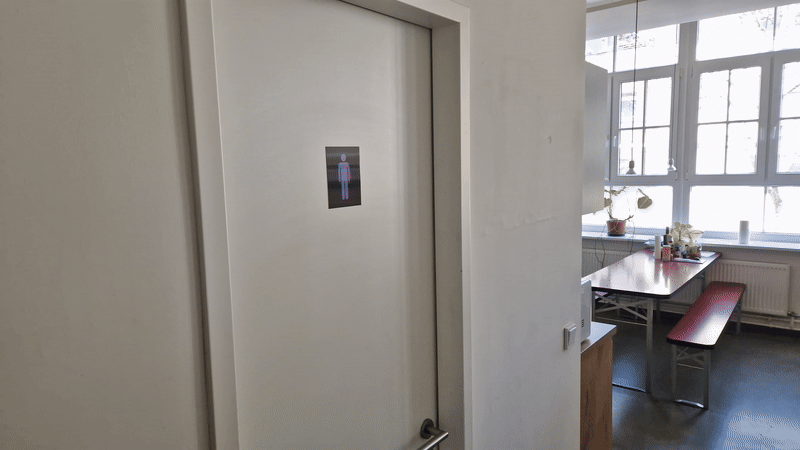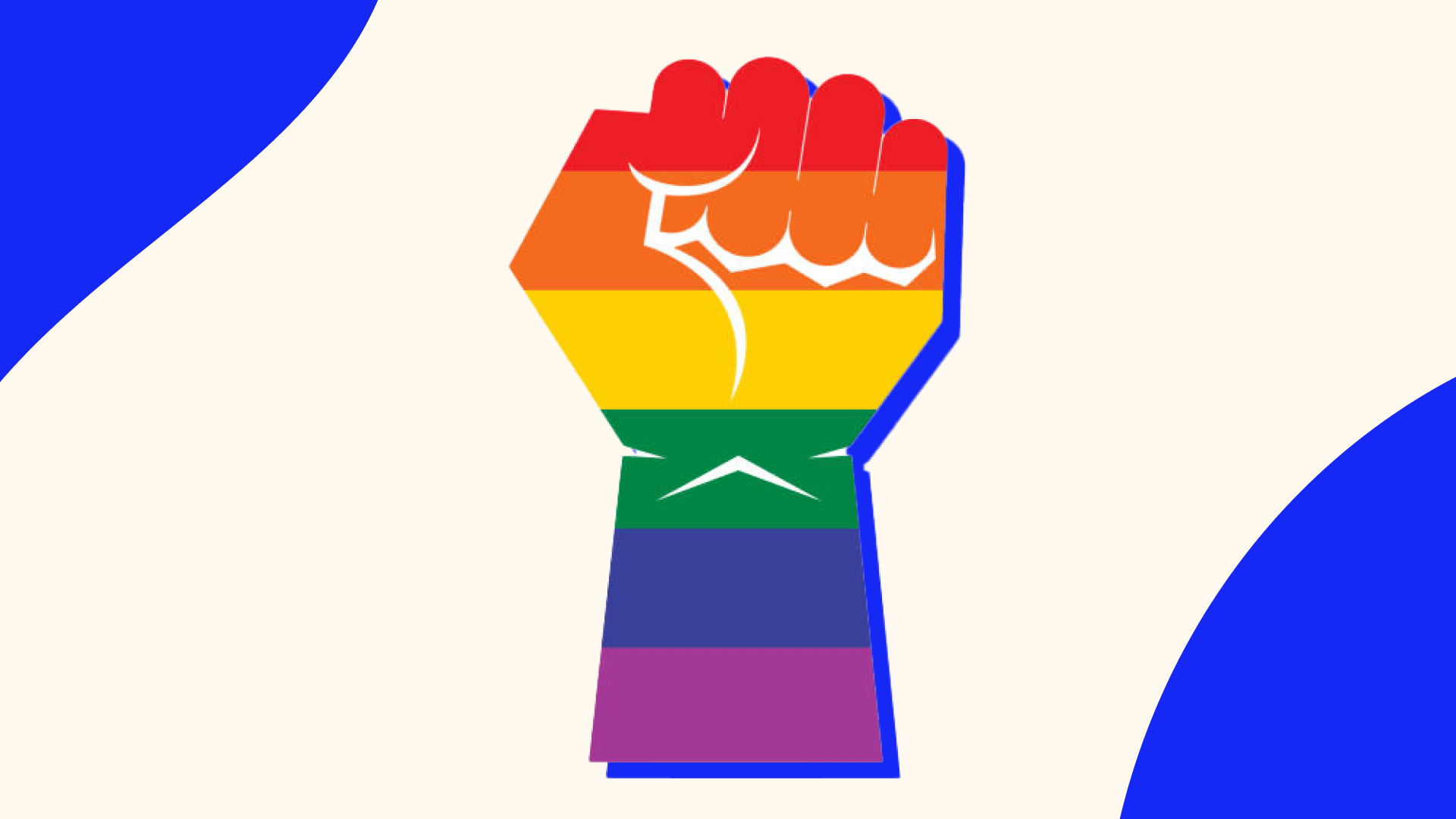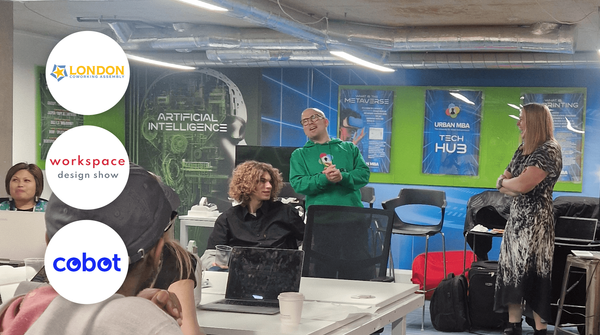Update Aug. 2025: Hear Aidan, the article’s author, explore queer-supportive spaces and more on the Coworking Values Podcast:

It’s easy to slap a rainbow sticker on the door in June and call it a day. But being a queer-supportive coworking space takes more than a flag and a well-timed Instagram post.
Queer folks are well aware of the difference between being welcomed and being tolerated. Oftentimes, despite the best of intentions, we become part of a marketing strategy, rather than part of a community.
Which leads to the question: what does “queer-supportive” actually mean when it’s done right? Not in theory, not as a concept, but in the day-to-day life of a coworking space?
It starts before you even walk through the door.
Design Isn’t Neutral
If you want to build a space where queer people can show up fully, you have to assume they’re already walking in. That means gender-neutral bathrooms that don’t feel like an afterthought. It means having signage that doesn’t assume a binary, that doesn’t rely on “ladies and gentlemen,” or refer to every visitor as “he or she.”
You don’t need rainbow murals or protest posters on every wall, but if the design purposefully avoids anything that signals queerness, it raises the question: who are you afraid of making too visible?

Language Sets the Tone
The way people are addressed in a space sets the emotional temperature. Making pronoun sharing routine—on Zoom, at sign-up, at events, on Slack—tells members that they don’t have to do the work of justifying who they are.
Better yet, train your team not to treat it as a big deal. No one should be praised for “handling” a correction gracefully. It should be as unremarkable as getting someone’s name right.
People Notice Who Gets Believed
When someone flags a microaggression, do they get empathy or eye-rolls? Do they have to explain why it mattered? A queer-supportive space has clear, visible community guidelines and a zero-harassment policy that doesn’t live at the bottom of a PDF.
There’s always the possibility that boundaries will be tested—intentionally or not. A comment that doesn’t land right. A joke that leans too far. A moment where someone feels like the only one raising a hand. No set of rules can predict every interaction, but the culture of a space is measured in how it responds when something goes off course.
Consult the Culture You Claim
It’s always worth striving to bring queer people into the room, especially when it comes to shaping how a space defines safety, inclusion, and community. Hiring queer staff, especially in leadership or community-facing roles, can make a real difference in how welcoming a space feels and how thoughtful the systems behind it are.
Of course, not every team has the capacity to hire. Many coworking spaces are run by one or two people juggling a lot at once. That doesn’t mean queer-friendliness is out of reach. It just means you approach it differently. If you’re not queer yourself, make a point to consult with queer folks—members, collaborators, friends. Ask for feedback. Implement it. Create ways for people to share what’s working and what’s not.
Remember: inclusion is an ongoing collaboration. Whether through hiring or consultation, queer folks should be in the room when systems are designed, when events are planned, when community norms are written. If queer folks weren’t part of building the foundation, chances are the structure wasn’t designed to hold us. That doesn’t mean it can’t evolve, but it does mean taking responsibility for the gaps and being willing to rebuild where needed.
Make Space for Belonging
Oftentimes, it’s not just about safety. It’s about not needing to second-guess if your rainbow pin is “too much,” if your partner(s)’s pronouns will confuse the staff, or whether a casual anecdote will be met with sidelong glances. Belonging means not having to shrink yourself.

That kind of culture shows up in the little things. In whether there’s an occasional coworking day themed around queer art, intersectionality, or mutual aid. In whether forms and profiles make space for chosen names, not just legal ones. In whether the community board has flyers from queer-led initiatives, or just productivity hacks and funding seminars.
Visibility Without the Spotlight
Featuring queer members in your communications? Great. But be honest about why. Visibility can feel like safety, or it can feel like being trotted out. Ask yourself whether your member spotlights are led by real interest or a seasonal DEI checklist. The difference is obvious to anyone being used for optics. Tell stories that matter. Let queer people speak on the topics they care about (not just queerness!). And when you celebrate someone, make sure the recognition lands where it should: on their work, not your diversity.
In the End, It’s About Trust
A queer-supportive coworking space is one where people don’t have to brace for impact. Where they can drop their shoulders, do their work, and know the space has their back. That doesn’t come from decoration.
Building that comes from a willingness to build something better than safe—a space where people can actually belong, without having to explain themselves.



